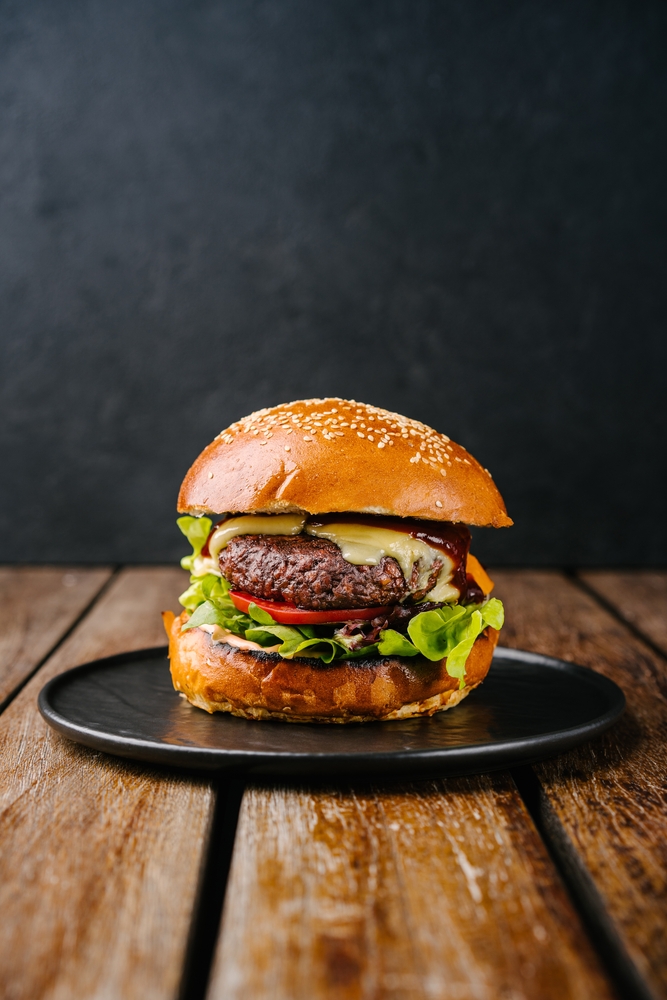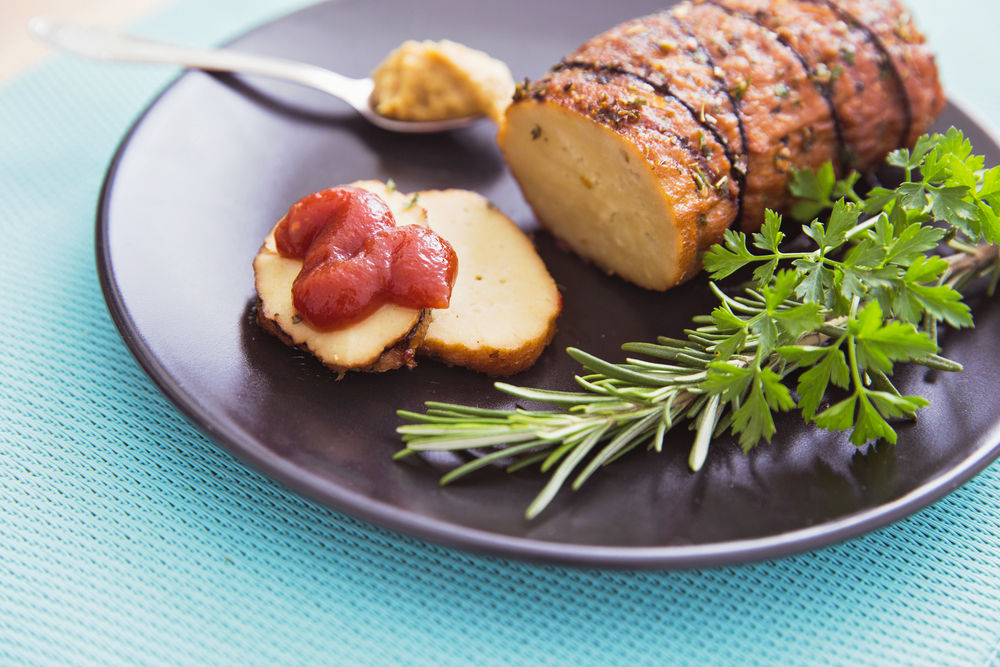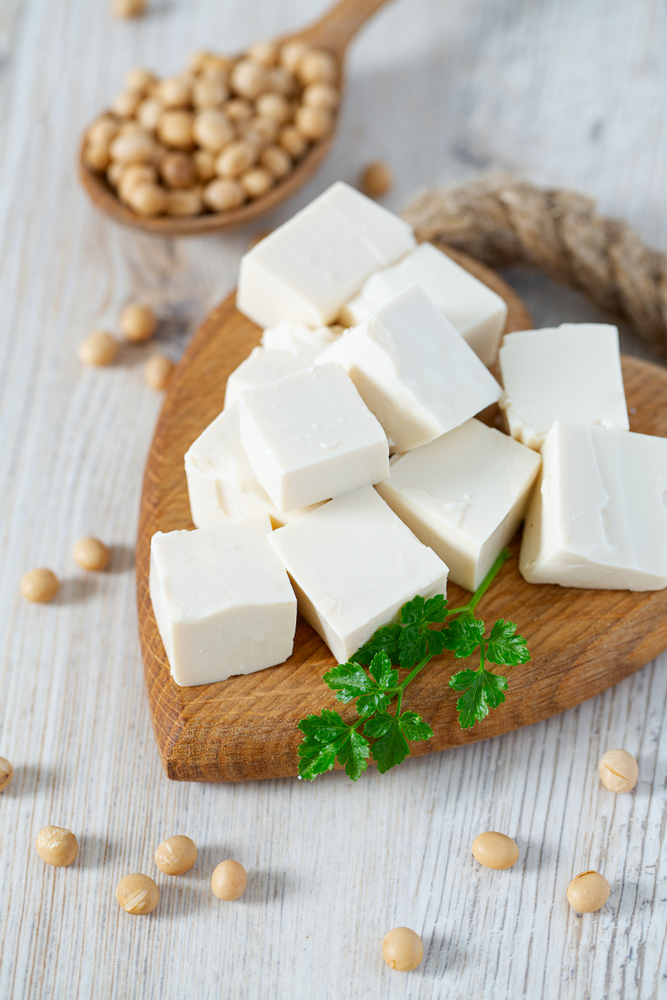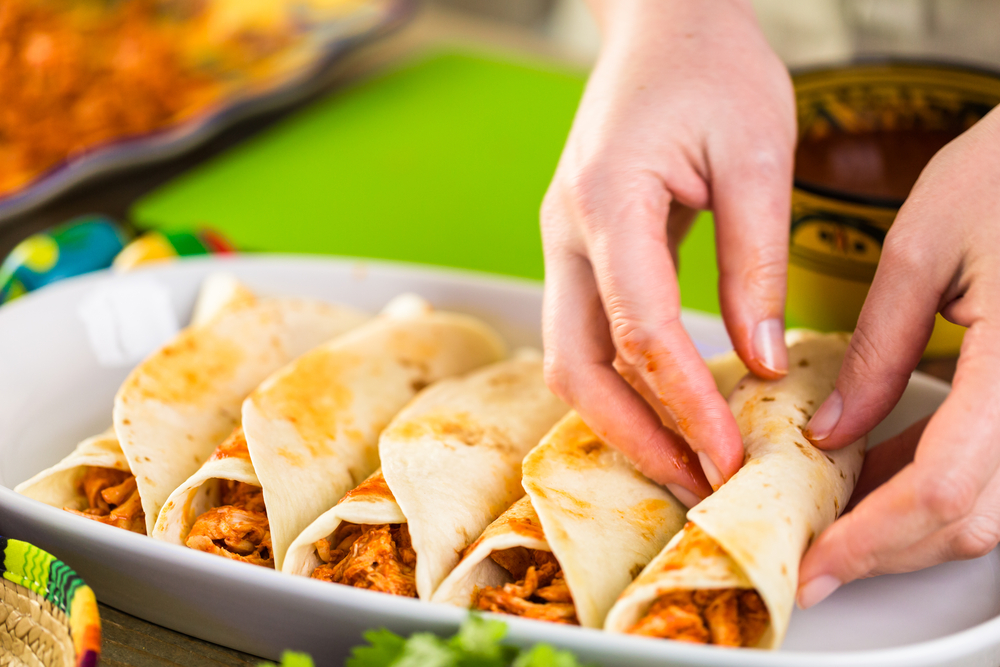These days, you hear about meat substitutes from all corners — from a health standpoint, an environmental lens, even as a matter of fashion. But what’s this meat substitute business really about? Can plant proteins really sub in for meat at your dinner table? And are they anything more than just a trend?
4 Exciting Meat Substitues
A WHOLE NEW WORLD!
What are meat substitutes?
A meat substitute is a source of protein that comes from plants. Broadly speaking, this could be any protein that’s used in a dish in place of meat — like beans in a burrito instead of beef. But there’s more out there than just plain old beans and squidgy blocks of tofu, so even dyed-in-the-wool meat lovers can get a taste of the plant-based lifestyle without having to adjust to anything too far outside their comfort zone.
Still, there’s nothing to say that meat substitutes have to stand in perfectly for meat. While some newer meat substitutes do make for pretty good impostors, there’s more to the world of protein than just “meat and things like it.” So, we’ll present you with a variety of options — and you can choose the one that feels the right level of adventurous for you!
Why swap out meat?
If it ain’t broke, don’t fix it, right? People have been eating meat for as long as there’s been people, so what’s the point in changing now? Well, besides the fact that it’s incredibly trendy, there are concrete benefits to switching to a plant-based diet — or at least cutting down on how much meat you eat! Remember, reaping these rewards doesn’t necessarily require a complete change in your lifestyle. Plenty of people have been adopting Meatless Mondays or similar strategies to cut back on meat, without giving it up entirely. Making these smaller changes to your diet can still give you a taste of the following benefits!
For your health
A vegetarian diet offers huge heart health benefits, a halved risk of developing type-2 diabetes and even a lowered risk of cancer. Plus, vegetarian food is high in potassium, which can help keep your blood pressure in check. But that’s not all — in countries such as India, where people eat mostly vegetarian diets, the rates of osteoporosis are much lower than in their more carnivorous counterparts.
Because humans are omnivores who evolved to eat both plants and meat, many people express a concern that a vegetarian diet may not be nutritionally complete. On the contrary, however, vegetarians can absolutely get all the nutrients they need from the food they eat. Modern advances in technology can make it even easier to round out a vegetarian diet. Some vegetarians like to take supplements of compounds like omega-3s and vitamin B-12, and it’s easy to find vitamin pills that contain these.

For the planet
It may sound far-fetched, but it’s true — cultivating a pound of plant matter is more energy-efficient than cultivating a pound of meat by an order of magnitude. Think of it this way: not only does it take water to raise livestock (and more than you might think!), but it also takes water to grow their feed. But if we’re the ones eating the corn, for example, the water usage drastically decreases.
Raising livestock also takes up an incredible amount of space. Nearly one-third of the available surface of the planet — that’s the part not covered by water or ice — is currently utilized for livestock production, or for growing plants specifically for animal feed. That’s some serious sprawl! And yes, you’ve heard the talking points about cow farts and what they’re doing to our ozone layer. As silly as it sounds, this is a very real issue. Emissions of carbon and other greenhouse gases from livestock account for 18% of all total emissions. This is more than cars, planes and all other forms of transportation combined! Truly, there’s no overstating the amount of space and resources that we have devoted to our taste for meat.
But what’s out there?
Now that you understand some of the benefits of swapping out meat, you’re probably wondering what sorts of options are available.

The Impossible Burger
People more or less agree that the Impossible Burger offers the best substitute for an actual hamburger. It cooks like a burger, feels like a burger and even bleeds, due to the inclusion of beet juice. And, of course, the Impossible Burger is widely reported to taste so much like an actual burger that, were you not in the know, you might not even detect a difference.
The Impossible Burger is a bit of a marvel of modern science. It tastes so much like meat because it contains heme, a molecular-level compound that makes meat taste meaty. Food scientists discovered that heme could be synthesized from soy and wheat, and so the Impossible Burger was born to grace the plates of vegans, vegetarians and meat-eaters alike!
Jackfruit
Don’t let the name (or appearance) scare you off. Under its thick and bumpy exterior, jackfruit provides the purest form of plant-based protein you can find. Without any extra fillers or need to be processed, this fruit is the jack of all trades when it comes to substituting for meat. It can be eaten raw or cooked in your favorite meat-based dishes. Its stringy texture makes it a favorite substitute for BBQ or Tex-Mex recipes. If you’re not quite sure about purchasing an entire jackfruit, you’ll be able to find packaged jackfruit in the grocery store. Some brands, like the Jackfruit Company, make preparing this tasty meat substitute even easier by offering prepared jackfruit in a number of flavors and even meals!

Seitan
Seitan serves more as a substitute for chicken than the previous two entries on our list. It’s got the texture of chicken, and it pulls apart the way chicken does. On its own, seitan doesn’t have any flavor, so a mix of flavorings including soy sauce lends it a chicken-y taste. Try it in salads, wraps and curries!
Seitan is made from flour, water and yeast, but is kneaded for far longer than one would knead a bread dough. The starch is then washed away, leaving a mass of pure wheat gluten that cooks up like any other protein. Of course, this does mean that seitan isn’t a suitable option for people with celiac disease or gluten sensitivity, which is a bummer, but it’s worth a shot for the rest of us!

Tofu
Tofu is considered a little more adventurous as a meat substitute since it doesn’t exactly try to stand in as a one-to-one analogue for any particular meat. It’s an alternative source of protein in a class all of its own. It’s a very versatile ingredient, as it is available in various levels of firmness and takes on the flavors that it’s cooked with.
The process of making tofu is just as interesting as the ingredient itself! It’s made in almost the same way as cheese, consisting of soymilk which firms up after adding a coagulant.
Tofu is common in Asian cuisines, so that might be a good place to start if you’re considering giving it a try, but it’s catching on and can now be found almost anywhere you look.
Vegetarian Enchiladas
Whether you’re a vegetarian or testing out “Meatless Mondays,” this vegetarian enchilada recipe is for you!
PREP TIME: 30 minutes | COOK TIME: 45 minutes | YIELD: 6 servings

THE HOMEMADE ENCHILADA SAUCE
Ingredients
- 3 tbsp. olive oil
- ½ yellow onion, minced
- 3 garlic cloves, minced
- 1 6-oz. can of tomato paste
- 1 chipotle chili, diced
- 1 tbsp. adobo sauce
- 1 tbsp. cumin
- 2 tsp. garlic powder
- 2 tsp. chili powder
- 2 tsp. tajin
- 1 tsp. smoked paprika
- 1 tsp. lime juice
- ½ tsp. oregano
- 1½ c. vegetable broth
Instructions
1. Add the olive oil and minced onion to a medium-sized saucepan.
2. Cook the onion over medium heat until translucent, about 5 minutes.
3. Next, add the garlic cloves, stirring occasionally.
4. After 2 minutes, add the tomato paste, diced chipotle chili and the adobo sauce.
5. Stir to combine, and reduce the heat to medium-low.
6. Add the spices, lime juice and vegetable broth.
7. Cover and simmer on low for 10 minutes.
8. Remove from heat and allow the sauce to cool for 5-10 minutes before adding to a food processor.
9. Pulse until smooth, then set to the side.
THE ENCHILADAS
Ingredients
- 2 tbsp. olive oil
- ½ yellow onion, minced
- 1 red bell pepper, diced
- 1 c. homemade enchilada sauce
- ½ c. vegetable broth
- 2 c. jackfruit, shredded
- 1 tsp. lime juice
- 2 tsp. cumin
- 2 tsp. garlic powder
- 1 tsp. tajin
- 1 tsp. paprika
- ¼ tsp. cayenne pepper
- 2 c. Mexican jack cheese, shredded
- 6 flour tortillas
- ¼ c. red onion, diced
- ¼ c. cotija cheese, crumbled
- ½ avocado, pitted and sliced
- 1 dollop of sour cream
- 2 limes, slice

Instructions
1. Add the olive oil and onion to the same medium-sized saucepan that was used to make the enchilada sauce.
2. Stir occasionally over medium heat to sweat the onion for about 5 minutes.
3. Then, add the diced bell pepper, enchilada sauce and vegetable broth.
4. Cook the vegetables for 10 minutes until softened.
5. After 10 minutes, add the shredded jackfruit, lime juice and seasonings.
6. Stir to combine with the vegetables and sauce, then cook for 10 minutes.
7. After 10 minutes, reduce the heat to low and add 1 cup of cheese.
8. Fold in the cheese, and remove from heat once the cheese is completely melted.
9. Preheat the oven to 400° F and add 1 cup of the homemade enchilada sauce to the bottom of a 9” by 9” baking dish.
10. Next, place a tortilla on a plate and add 2 large spoonfuls of the filling to the end of the tortilla.
11. Roll the tortilla over the filling until neatly folded, then place in the prepared baking dish.
12. Repeat with the rest of the tortillas until there is no more filling.
13. Pour 1 cup of enchilada sauce over the prepared tortillas, then sprinkle 1 cup of shredded cheese over the sauce.
14. Bake the enchiladas uncovered for 10 minutes.
15. Allow to cool for 5 minutes before topping with diced red onion, crumbled cotija cheese, sour cream, limes and avocados.
